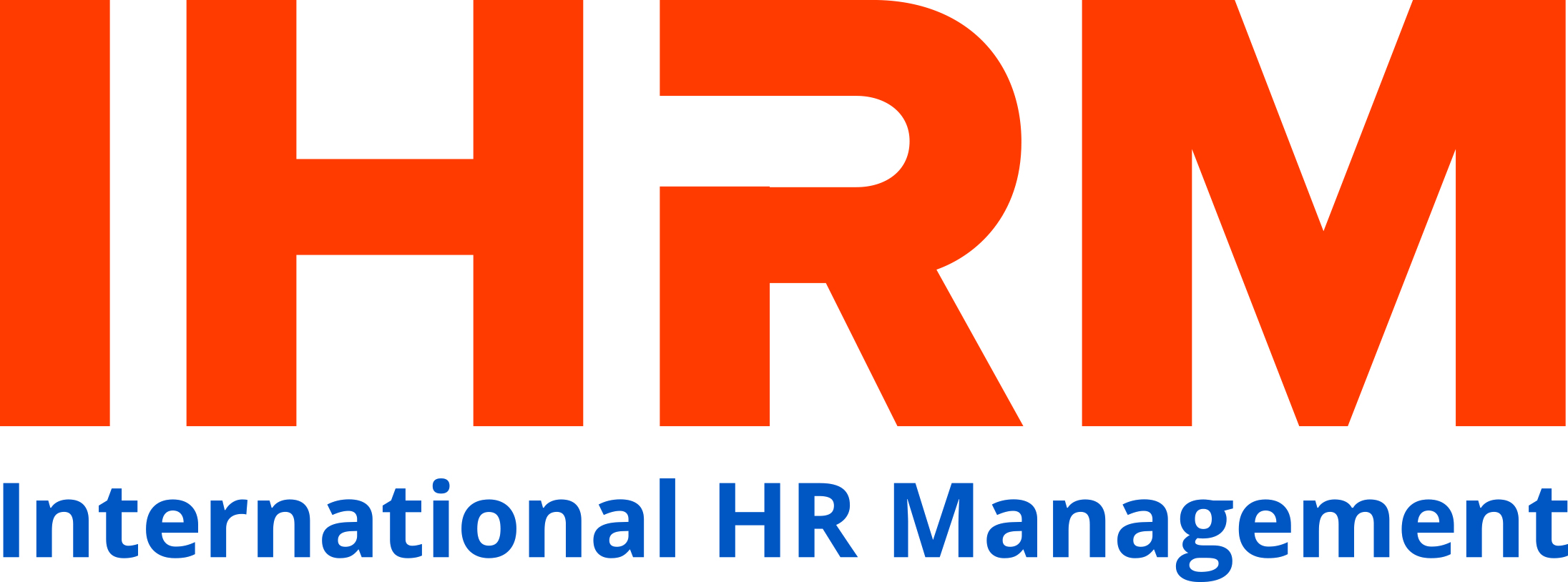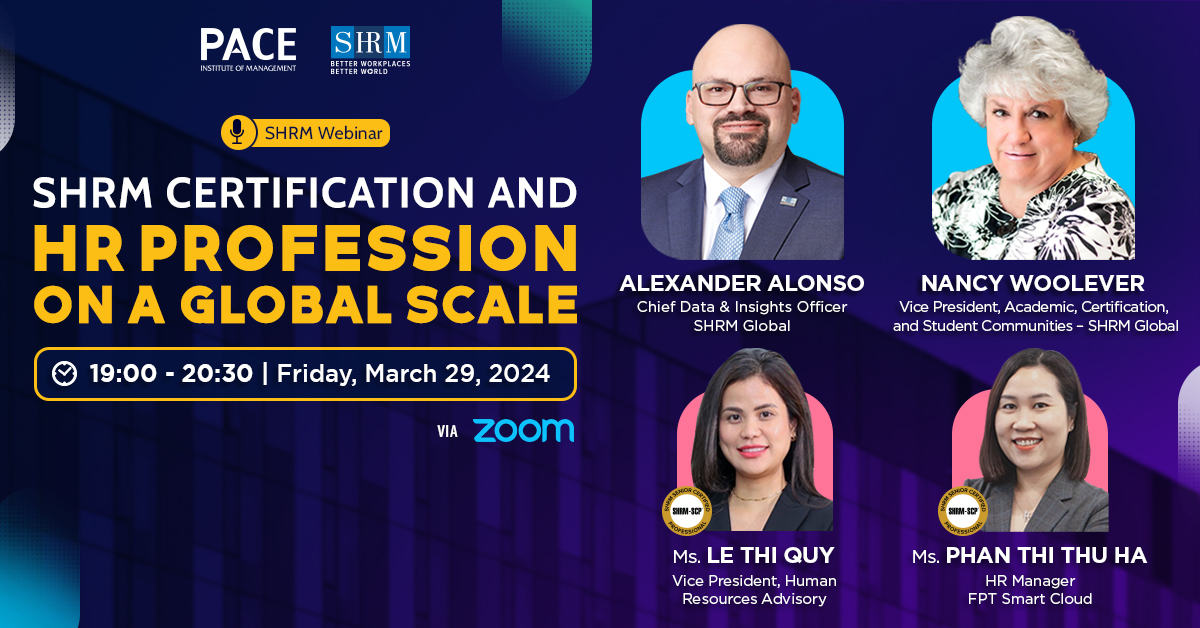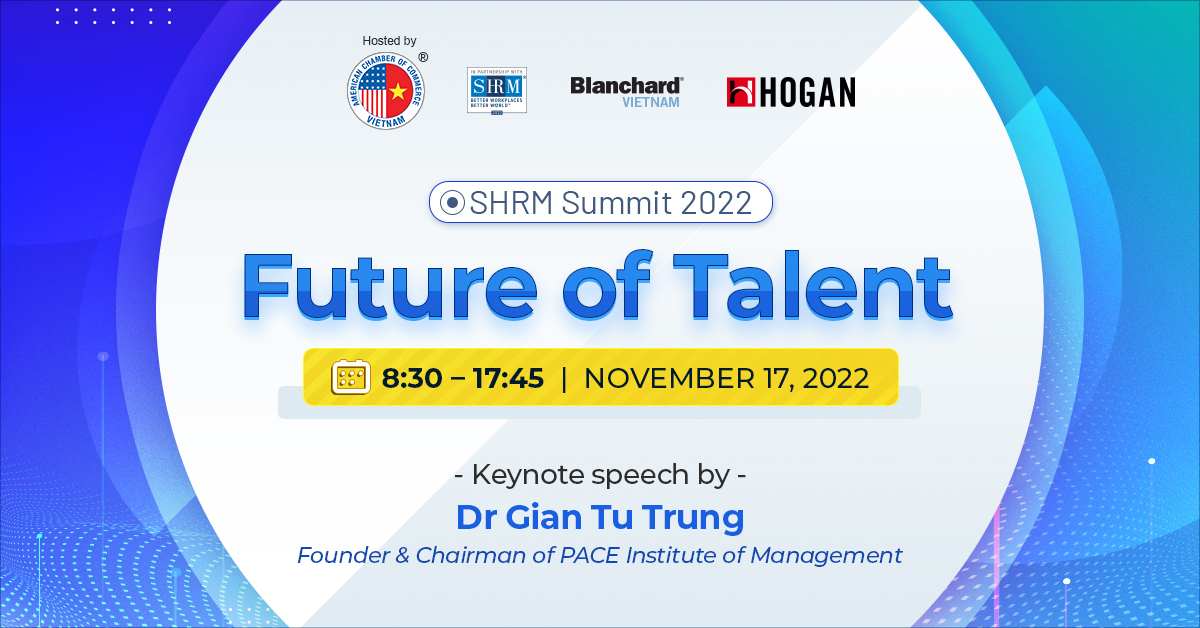Why Hiring Is a Lot Like Picking Stocks
Hiring people is a lot like picking stocks. It's all about the narrative. We begin by asking "what kind of stock is this?" Is it best-in-class, with strong positioning in the market and consistently solid results; a turnaround story, where there have been struggles but better days are on the horizon; a cash cow, where revenue is flat but the business will pay out dividends for the foreseeable future; or a growth story, with potential for accelerating revenue and expanding margins?
When I started as an equity analyst in 1997, the first stock I covered was a company called CIE (pronounced SEE-a), a concert promoter and venue operator in Latin America. My job was to build a financial model, evaluate the management team, and look for possible catalysts or triggers that would drive the stock up or down, which would then lead to an investment recommendation of buy, hold, or sell.
After months of due diligence, it was time to go public with my recommendation. The valuation looked reasonable, and there wasn't any obvious reason that it would go down, but, afraid of looking foolish if the price immediately dropped, I decided to rate CIE a "Neutral": if you don't own, don't buy it; if you do, don't sell. My colleague called me a shrinking violet, and my boss prodded me, "Why wouldn't it keep going up?" Stocks go up on the basis of what you expect their numbers to be. If you expect the numbers to be good, you are looking at a growth stock. So why not rate CIE a "buy"?
I stopped shrinking, started stretching, and put a "buy" on the stock. This experience was formative in my career, because it led me to discover a deeply personal truth. Asking "Why couldn't CIE keep going up?" led me to later question "Do I really believe that I and the people I work with have the capacity for growth?" At some point in our lives, nearly all of us are turnaround stories, and on occasion, cash cows. There are even moments where we are best-in-class, but, I believe, all of us have the potential to be growth stocks. We are wired to evolve and increase. We yearn to learn.
How can you as a boss, a leader, a manager, think like a stock-picker and build a portfolio of high-growth individuals for your company, selecting people with the potential to keep going up? Here are three suggestions:
Buy low
Hire people on the launch point of their learning curve. At the Disruptive Innovation Fund, which I founded with Clayton Christensen at Harvard Business School, we used the S Curve, popularized by E.M. Rogers, to help us gauge how quickly an innovation would be adopted. At the base of the S, growth is slow until a tipping point is reached at the knee of the curve. Once you hit the tipping point, you move into hypergrowth up the steep part of the curve, until you reach the top of the S, where growth slows and sometimes stalls.
As we applied S Curve growth to our investments, I realized that the S Curve could also be used to understand how people grow. I call this the S Curve of Learning. When you hire a person into a new role, they are at the low end of their learning curve, and growth will be slow. They may get discouraged. You might become impatient. Once the tipping point is reached, they accelerate into competence and confidence. As they reach mastery, tasks become easy, but they may become slightly — or very — bored. You worry that they are going to leave. Or, if they become complacent, you wish they would leave.
When you hire at the low-end of the curve, looking for potential rather than achievement, you are "buying low." High-potential hires are driven to move up the curve and will become skilled achievers with some coaching from you and their colleagues. They become increasingly valuable — value that you and your organization can bank on.
See also:
How to tell who’s a good fit and who is just a good interviewer?
What employees really want at work
Articulate the investment thesis
Be clear on why you are hiring this person and what value they will create for your organization. Just as every stock has a story, so do people. Is this person best-in-class, in the sweet spot, and ready to take on a critical role? Maybe they are a turnaround story: strong skills but slightly beaten up. They were pushed off a prior curve, but with some added encouragement and coaching they could shine. Perhaps they are a cash cow, at the top of their curve, a person who isn't themselves innovating, but provides stability for those who are.
The investment thesis for each job candidate is fluid. Each potential new hire may be at a different place on their S Curve. Regardless of where they are, the most important question to ask is "Is this person a growth story — ready to go, ready to grow?

Hiring is a lot like picking stocks
Sell high
Encourage your people to jump to new assignments inside your organization once they reach the top of their S Curve. Whether taking on an entirely new role, helping them jump in place through stretch assignments, or inviting them to become masters to the various apprentices within your organization. This is "selling high," coaching people to new learning curves to avoid stagnation and prevent erosion of the value already created.
After several years of high growth, CIE stalled. The executive team stopped growing, stopped disrupting and reinventing. The top of the curve got a little too comfortable, so they were pushed off. Bored and complacent people don't innovate, they get disrupted. High-growth organizations need high-growth individuals. As people grow, we must ask "What is this person doing to stay in the sweet spot of their learning?"
When hiring like a stock-picker, bear in mind that inherent potential for growth. Learning is like interest on your money: there is a cumulative and compounding effect. The high-growth individual you hire today is even more likely to continue to add value to your team in the future. When you hire for potential and manage for S-Curve growth and learning, you'll have a portfolio of employees that beats the market every time.
SOURCE: HARVARD BUSINESS REVIEW
|
Training Program  Internationalize the human resource management capabilities of HR professionals in Vietnam Opening Date: March 19 , 2020 in HCMC
Opening Date: March 26, 2020 in Hanoi
|
of PACE School of Human Resources HERE.










